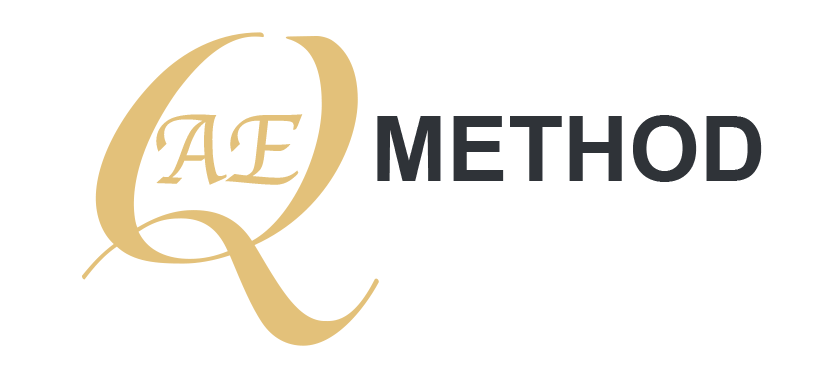People have a universal response to pain: we tense up. This reaction appears everywhere, from babies to adults, even animals. The reaction is similar everywhere: we curl up to protect ourselves and avoid pain. This happens because our brains feel the pain, which causes muscle contraction. After all, the role of contracted muscles, among many others, is to protect the injured part of our body. We have all experienced this process, but we probably weren’t aware that the brain controls it.
The consequences of ignoring the pain
When we feel chronic pain, we usually turn to chiropractors, masseuses, acupuncture, physiotherapy, even surgery. It is important to be aware that these health experts don’t address the root of your problems; rather, they treat you to the best of their ability with generic methods that are not tailored to our specific problems. The cause and tension remain, while the pain comes back after a while.
Sometimes we don’t do anything. We might be hoping that the problem will go away; maybe we don’t believe that we can eliminate the problems or act when the situation becomes unbearable. The consequences can be severe: constant pain and unavoidable tissue degeneration, loss of mobility, faster aging, and a lower quality of life. In such a case, we usually get a scheduled meeting with a surgeon. But we need to know that none of this – not chiropractic or surgery, nor our ignoring the problem – can change the brain’s protective response to stress in the body caused by a physical or emotional injury.
The protective reaction of the brain
Injuries heal, but the reactions of the brain stay, sometimes even years after the injury. Muscle tension can still be present decades after the injury and healing as an element of the body’s defense response. The reason for that is our brains, which mark the muscular tension after an injury as an effective defense reaction, so it becomes a part of the usual brain function. This is why the pain that has already become a habit for our muscles and brains remains.
Interestingly, pain is a signal – not of damage, but – of a brain-protective habit that keeps muscles tense after an injury. Constantly tense muscles become tired and painful. If we repair the injury without paying attention to eliminating the remaining muscle tension, this can have fatal consequences. We can finally eliminate it by training in the AEQ method, which helps us break the “tension out of habit.”
Problems can only become bigger. The reason behind pain surfacing is due to multiple factors. These can be nervous tension, disordered relationships, helplessness, excessive sports activity, or poor posture, all of which increase the pre-existing muscle tension due to the body’s aforementioned defense mechanism. An additional aggravating factor is the joints and soft tissues, which degenerate due to constant tension and tense muscles, leading to arthritis, bursitis, disc herniation, pain, and stiffness. If we do not seek a permanent solution for certain pains, this can lead to chronic idiopathic pain, tissue degeneration, loss of mobility, and faster aging in the long-term.
With the AEQ method’s help, we can relearn to understand the causes, take control over our muscles and movements, and thus halt our body’s painful response to pain.
Aleš Ernst, author of the AEQ method and AEQ breathing






